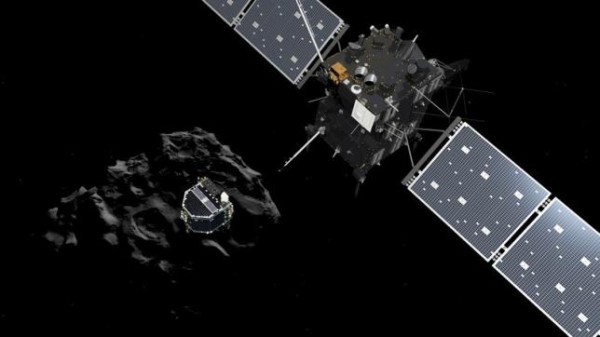Scientists recently announced that they have discovered copious amounts of oxygen on the comet names 67P. The Rosetta space probe took 10 years to complete the 4 billion miles trip to the comet and researchers manning the mission described the findings as "the most surprising discover."
According to scientists, the discovery of oxygen on the comet could affect the current thinking of how the Milky Way galaxy came into existence. Current theories about how the solar system was formed claim that oxygen of this massive amount should not be able to exist. If it does, it should instead have combined with hydrogen and together formed water. However, scientists claim that oxygen is the fourth most common gas found around the comment.
In a press briefing picked up by Quartz, Bern University professor Kathrin Altwegg said, "When we first saw it, we went a little bit into denial because it is not what you would expect to find on a comet. All models show that molecular oxygen will react with the hydrogen and will no longer be present."
Aside from oxygen molecules, the Rosetta space probe's ROSINA (Rosetta Orbiter Spectrometer for Ion and Neutral Analysis) was able to detect carbon monoxide, carbon dioxide and water vapor on the comet. Prof. Altwegg and her team believe that oxygen cannot survive for billions of years in space without combining with other substances.
The recent discovery of oxygen on comet 67P suggests that oxygen may have been in existence before the solar system was formed 4.5 billion years ago, according to Independent.


